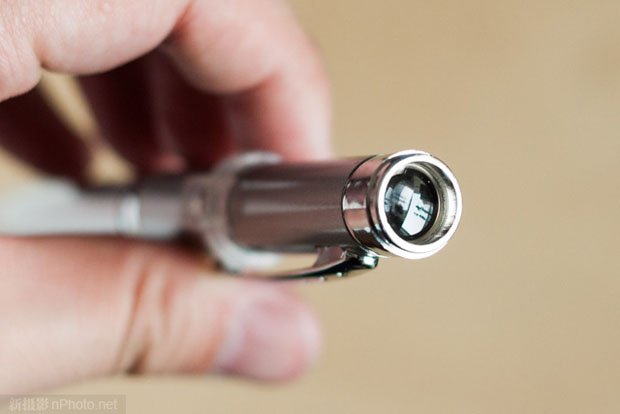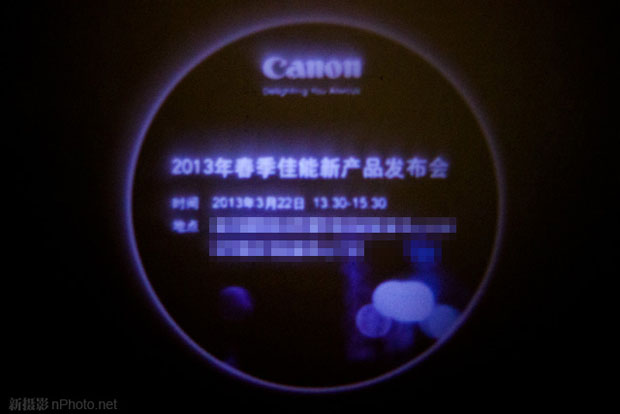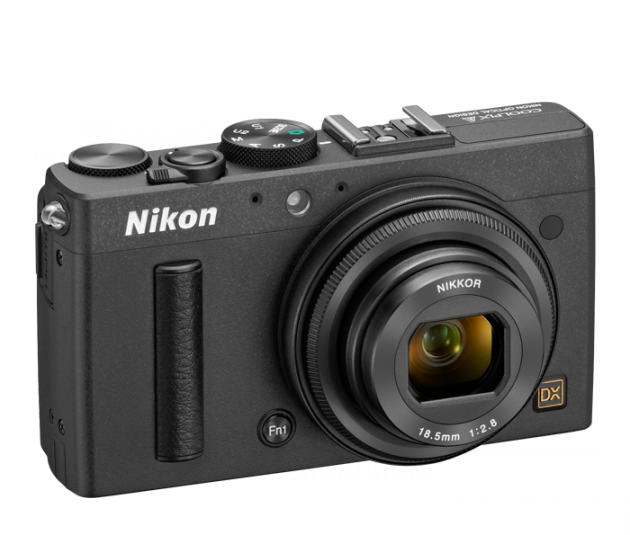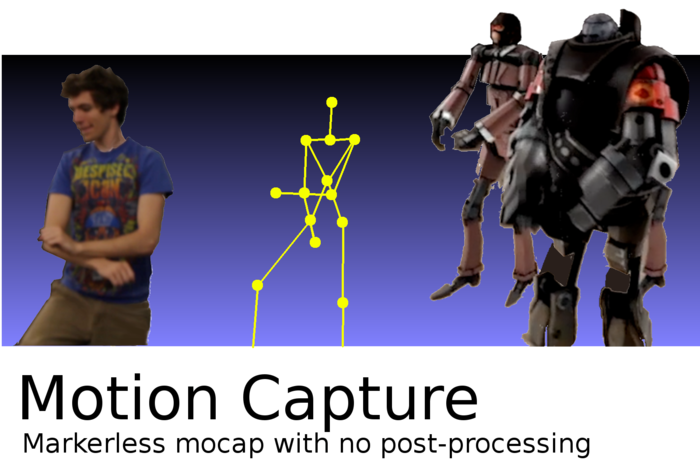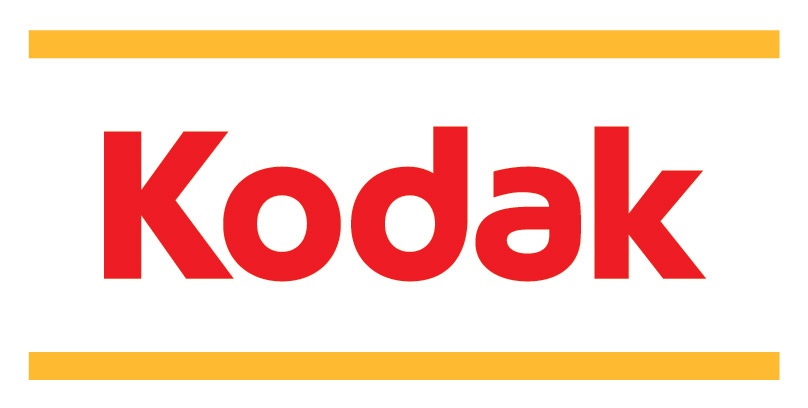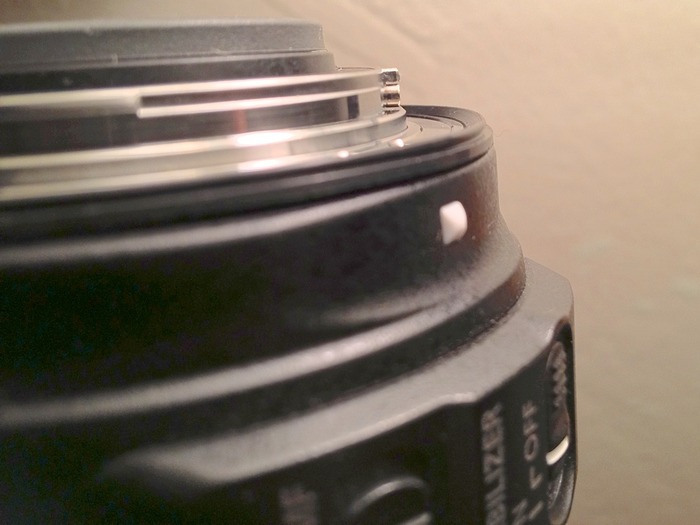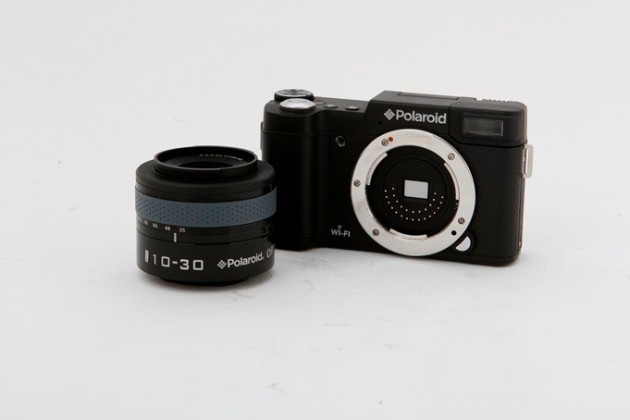COPENHAGEN, January 4, 2016 -- Phase One today announced that in collaboration with Sony it has designed a new 100MP CMOS full-frame sensor for the Phase One XF 100MP Camera System. Engineered to perform well beyond 100MP imaging, the modular Phase One XF Camera System platform was designed for expansion – offering hard-working professional photographers tangible investment value.
The XF 100MP Camera System with this new full-frame, medium format 100MP CMOS sensor combines high resolution with high dynamic range and exceptional wide angular response. The Phase One XF 100MP offers photographers unprecedented power to realize their visions. It delivers true 16-bit color, 15 f-stops of dynamic range, live view capturing with HDMI output, ISO flexibility from 50 to 12800 and exposure times of up to 60 minutes.
“For more than 20 years, we at Phase One have been pushing the limits of digital image quality to help top photographers stand out,” said Niels Knudsen, Vice President of Innovation and Phase One’s ‘Image Quality Professor.’ “With the XF 100MP Camera System, everything we have been working toward for our customers comes together in one system: ultimate image quality and ultimate creative freedom.”
“The XF 100MP Camera System delivers unparalleled dynamic range, retaining unmatched detail in both highlights and shadows, packing 101,082,464 active high quality pixels,” said Henrik Håkonsson, Phase One’s CEO. “This is the highest performing system that we have ever created, benefitting from a multitude of Phase One exclusive innovations developed to support our amazing customers in creating the ultimate images.”
Introduced in June, 2015, the Phase One XF Camera System has been built with optimal 100MP performance in mind. As such, features like the Honeybee Auto Focus, Vibration Tracking, Electronic First Curtain Shutter, and Vibration Detection technology have all been developed to ensure the ultimate 100MP performance. The Phase One XF Camera System was also designed for future growth with regular feature upgrades, incorporating new features and unique customizations. Coupled with new Schneider Kreuznach Leaf Shutter lenses, interchangeable Prism Viewfinder and Waist Level Finder, the Phase One XF 100MP Camera System is sure to set the standard for professional photography for many years to come.
High-resolution files produced by the new Phase One XF 100MP Camera System, when processed with Capture One 9, benefit from the software’s advanced algorithms that have been fine-tuned over decades of engineering investment, rendering superior image quality and superior results.
Availability and Pricing
Shipping immediately, the XF 100MP Camera System is available through Phase One photography partners worldwide: www.phaseone.com/partners.
The XF 100MP Camera System comes with Phase One’s unique 5-year warranty and uptime guarantee including personalized 24/7 support and assistance.
The price of the Phase One XF 100MP Camera System (with Schneider Kreuznach 80mm LS lens) is 48,990 USD.
Attractive camera system upgrade offers are available for all Phase One photographers. Please contact our Phase One photography partners for further details: www.phaseone.com/partners.
For a demo of the Phase One XF 100 MP Camera System, please sign up here: www.phaseone.com/demo


